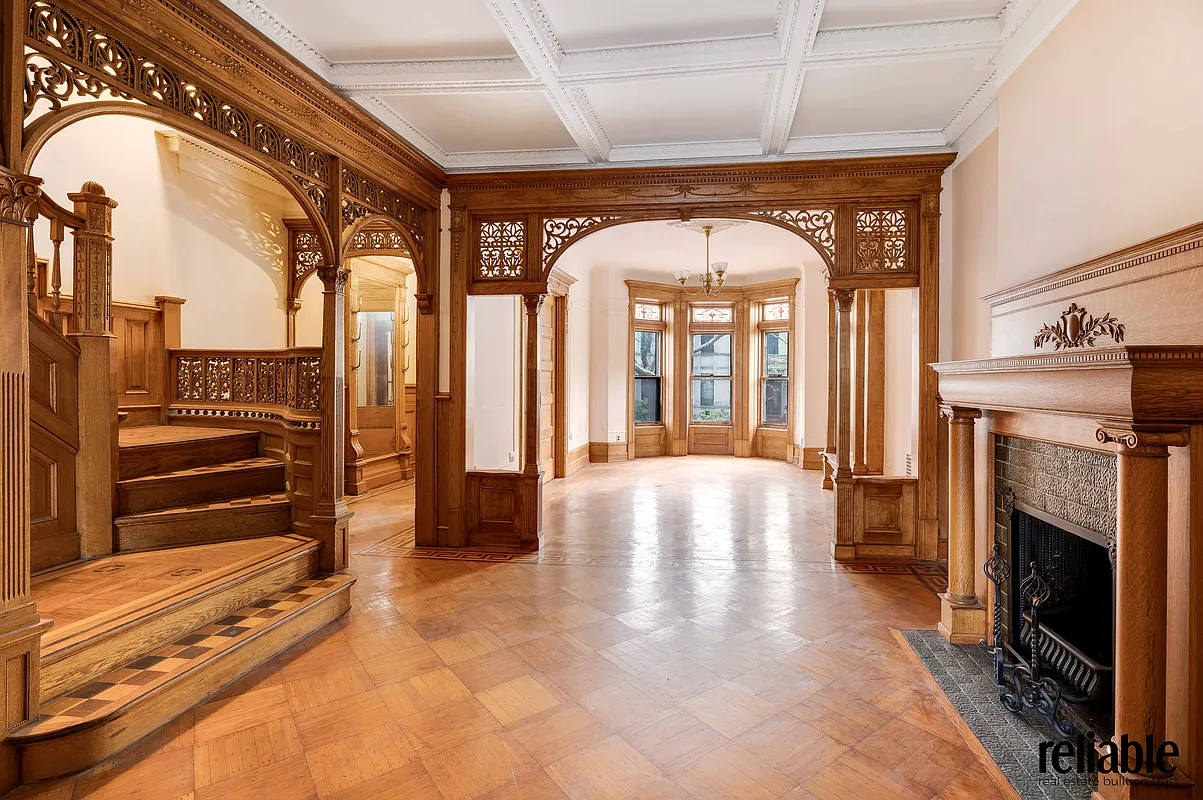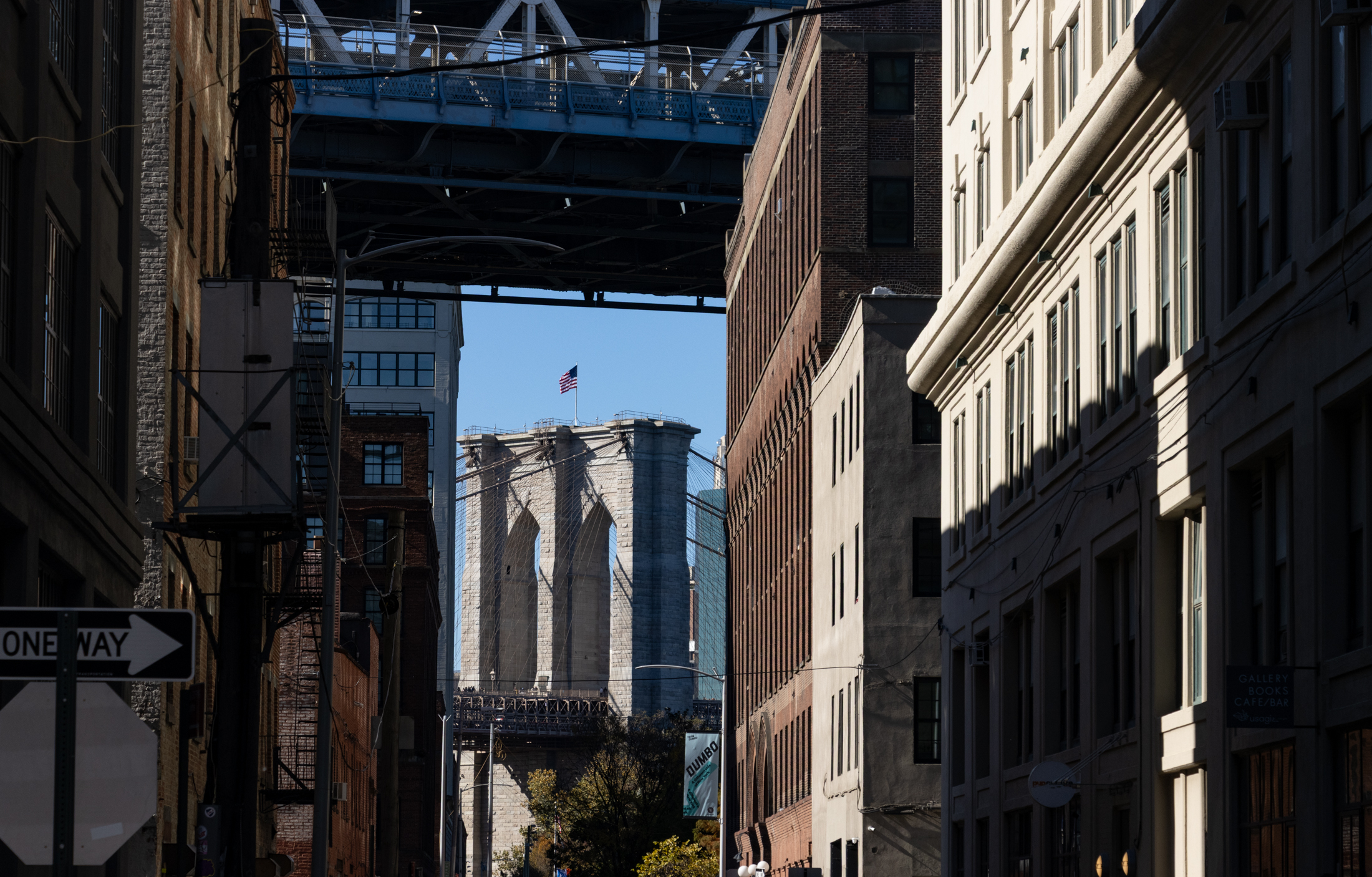Meet the First Completed Passive House in NYC
WNYC has an in-depth profile of what went into making 174 Grand Street in Williamsburg the first completed building in the city constructed to energy-efficient Passive House standards. The apartment building has a seven-inch layer of foam insulation that designers from the firm Loadingdock5 determined was necessary by using “special software that starts with climate…


WNYC has an in-depth profile of what went into making 174 Grand Street in Williamsburg the first completed building in the city constructed to energy-efficient Passive House standards. The apartment building has a seven-inch layer of foam insulation that designers from the firm Loadingdock5 determined was necessary by using “special software that starts with climate data from New York City—the temperature highs and lows and humidity levels—[that let] them adjust the insulation and size of the heating unit until they hit the magic mark.” Heating costs for the upper duplex in the building are expected to only run a few hundred dollars for the entire winter due to the airtight technology. The article also quotes architect Ken Levinson as saying rgar Brooklyn has the highest number of Passive House buildings under construction in the entire U.S.; last month we took a look at a Brooklyn Heights brownstone that’s in the process of being renovated to Passive House standards.
A Trend-Setting Building With a Small Carbon Footprint [WNYC]
174 Grand [Loadingdock5]
Images from Loadingdock5.





How long will it take to get one’s investment back on this? 80 years?
Yes, of course, Rob. That’s why these houses have the toilet in the back garden.
One of the things that always seems to be lost in these discussions of insulation is the effect on the interior air quality. When you seal up a building, you’re trapping the air in there and if you don’t have very good and regularly maintained air filtration systems, the air quality can drop rapidly, making asthma, allergies, and more serious health problems ever worse.
My house is passive-aggressive.
wouldnt poo mist be a major concern in a set up like this? no thanks!
*rob*
Insulating a building well goes a very long way. With the general heat given off by lights, appliances and people actually living there I wouldn’t doubt their heating bills will be cheap.
I am living in a passive house since 20 years – and our bill was 180 € last year. Keep in mind: €/$ and higher energy prices in Germany. One can really save a lot of money by using passive house technology.
DIBS — what about your cooling bill? (Just saying you don’t have one doesn’t answer the question… grin and bear it isn’t climate control)
Let’s see some numbers. MY gas bill for the entire year (3 storeys, heat and hot water) with a 1960s era furnace is $1,900.